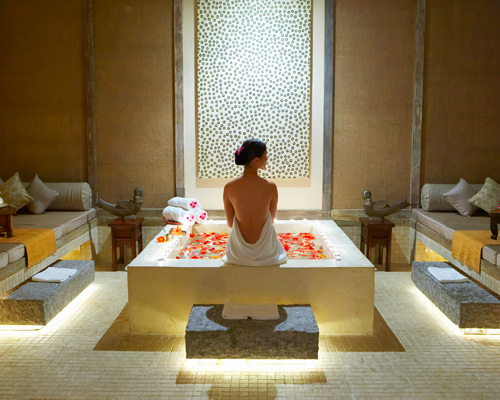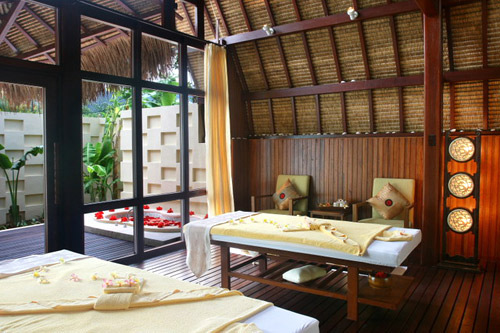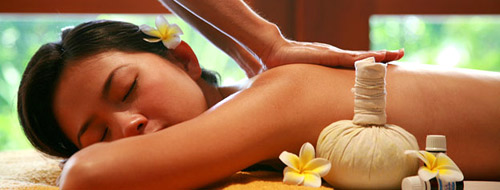With the upcoming Lunar New Year rush, retreating into nearby suburbs and lazy water towns become a convenient way to gain inner peace.
And here are five of the best Shanghai day trips for your China tour deals.
Shanghai day trip 1: Nanxiang
The home of xiaolongbao is just an hour away from downtown Shanghai.
According to legend, the owner of a cake shop decided to experiment with the popular steamed bread he sold in the nearby Guyi Gardens in 1871.

The result is what we know today as the delicate, pleated dumpling with the delectable soupy interior.
Start your tour with xiaolongbao's original home, the Guyi Garden Restaurant, where they still dish out steaming dumplings by the dozen.
If you’re still craving another soupy dumpling, wander around the corner to Gulong. At this 100-year-old shop, you can watch women crafting the dumplings by hand.
Afterward, work off all that dough with a stroll through the flower-filled Guyi Garden (entrance RMB 12).
How to get there: Take Metro Line 11 to Nanxiang Station. Just outside the metro station, take bus No. 2 to the first stop, which pulls over right outside the garden. Or, take a RMB-14 taxi ride from the metro station.
Shanghai day trip 2: Tongli
Tongli is like any other water town surrounding Shanghai with one big exception -- it’s the home of the Museum of Ancient Chinese Sex Culture (entrance RMB 20). It is also listed as one of watertowns of top 10 China tour packages.
The 7,000-square-meter museum displays the collection of Shanghainese professor and sociologist Liu Dalin and is set on the grounds of a former girls' school with manicured gardens -- a perfect place to showcase its outrageously phallic sculptures.
Inside the halls, captions in English and Chinese offer some historical context on more than 1,000 pieces of pottery, artwork and, uh, handheld devices.
The oldest exhibits date back 8,000 years.
Combine a visit to the museum with a stroll through the Old Town’s (entrance RMB 80) canal-laced streets where locals fish with cormorants and wash their clothes in the waterways.
How to get there: Tour buses leave daily at 8:30 a.m. from the Shanghai Tourist Distribution Center at Shanghai Stadium for RMB 130 round-trip. The trip takes 90 minutes each way and returns in the late afternoon. Alternatively, take a train to Suzhou and then a local bus into Tongli.
Shanghai day trip 3: Chongming Island
In Shanghai, a large number of taxi drivers hail from Chongming and they always say the air is cleaner in their nearby island home. We tend to agree with them.
At Dongtan National Nature Reserve, peruse the park from boardwalks suspended over the wetlands. Watch as locals try to catch the tiny crabs scurrying around the salt water marshes, and keep your eyes open for migrating birds.
Afterward, Dongping National Forest Park is a great place to rent a bike and cruise through the plentiful, flat paths that trace through the trees. Once you get out of the main walking areas, the crowds disappear. Bring a lunch and stop in one of the gazebos to refuel.
How to get there: Ferries depart daily from Baoyang Portin Baoshan District. Sightseeing buses run directly from Shanghai Tourist Distribution Center every Saturday and Sunday for RMB 120 round trip.
Or, take bus Shen Chong from Shanghai North Long Distance Bus Station and head directly to Chongming Island for RMB 12. From Nanmen town, you can navigate time-consuming local bus lines or hire a taxi to drive you around the island.
Shanghai day trip 4: Songjiang
Shanghai's southwestern suburb is home to the city’s oldest mosque as well as a Buddhist temple and pagoda which attracts so many Buddhism believer tourists joining popular China travel package.
Start your spiritual day trip with a visit to the 14th-century Songjiang Mosque.
Wander past gravestones inscribed in Arabic and Chinese and darkened prayer halls where you’ll find local Muslims quietly worshiping.
It’s nice to rest in the shade of a traditional landscape garden and savor the solitude.
Afterward, take a short walk up the street to the Xinlin pagoda and Buddhist temple, originally built 700 years ago.
If you’re feeling a little too Zen after those two visits, ramp up your energy with a trip to the nearby Shanghai Film Studios or Thames Town.
How to get there: Take the Metro Line 9 to Songjiang Xincheng Station. From there, find a forest green taxi to take you to the mosque and temple, just a quick ride away.
Shanghai day trip 5: Sheshan
A mountain can do wonders for escaping the city’s smog.
Start your day with a quiet moment in the grandiose Sheshan Basilica, a towering structure marking the top of the hill.
This granite church was completed in 1935, and serves as a pilgrimage destination for Catholics every May.
Afterward, check out Shanghai Sculpture Park, where dozens of artworks are scattered around a man-made lake.
Conclude your day on the mountain with a relaxing dinner at Le Méridien She Shan. During the summer months, you can enjoy a bonfire, barbecue, and thatched huts overlooking the lakes and parkland.
How to get there: Take Metro Line 9 to Sheshan Station, then walk 30 minutes to the mountain’s sites. Or take a RMB 14 cab ride directly from the metro station.
You can get details via China tour operator.









